A large part of producing live television magic is careful attention to the audiences themselves, whether that means turning on an applause sign, zooming in on someone in the crowd with the perfect facial expression, or, in the case of the Rolling Stones, having strict rules about who could and couldn’t be in the audience for their 1978 Saturday Night Live performance.
Videos by American Songwriter
NBC had its fair share of guidelines, too, considering they were hosting one of the hottest bills in the Big Apple that night by featuring one of the biggest rock bands of the decade. And in true rock ‘n’ roll fashion, things were just as chaotic, drug-laden, and sexually inappropriate as one might expect.
The Rolling Stones Had Rules For Their Ideal ‘SNL’ Audience
The Saturday Night Live audience is an integral part of the live sketch comedy show. Even professional performers work better with a responsive crowd. And considering the logistical tightrope that is putting on a single episode of SNL, making sure the audience is ready and willing to laugh is a big part of the show’s success that night. The Rolling Stones had the same idea for who they did (and didn’t) want in the crowd while they performed their set on the October 7, 1978 episode of SNL. In Susan Morrison’s Lorne: The Man Who Invented Saturday Night Live, she details the strict guidelines the British rock band had for NBC producers regarding their ideal audience.
“A memo had circulated beforehand about recruiting the audience: “No sophisticated ‘Elaine’s’ upper east siders, no moms and pops, no showbiz folks, just young rock and roll fans.” The directive came from the Stones. Like Michaels, the band wanted to maintain its nonconformist cred, even though its members were verging on gentility. In the end, the concern about a glut of society types rattling their jewelry was misplaced.”
“Tickets were so closely guarded,” Morrison continued, “and security so tight that there were empty seats just before air, and NBC pages scrambled to fill them. Henry Kissinger had a secretary call to request tickets for his teenage son, David. [Al] Franken [SNL writer and performer] happened to pick up the phone and explained to the former Secretary of State that he ‘could have had the tickets if he hadn’t bombed Cambodia.’” Oof. Sorry, David.
When Rock ‘n’ Roll Meets Comedy, Chaos Is Likely To Ensue
As one might expect from the Rolling Stones, the rock band brought a certain, shall we say, raucous energy to 30 Rock the week of October 1978. In the book Saturday Night: A Backstage History of Saturday Night Live, the authors described the band as “[living] up to their legendary rowdiness, drinking Scotch and vodka and snorting coke openly in the studio, oblivious to the Rockefeller Center security guards on special duty all around them.”
Drunk or not, the Rolling Stones delivered what they promised: an all-out rock ‘n’ roll show that put Saturday Night Live back on the map for edgier youths unconvinced that the show wasn’t a cheesy variety show for people far, far older than them. The mob of leather-clad rockers never showed up to 30 Rock, at least not in any concerning proximity. Saturday Night described the Rockefeller building as being “eerily quiet” the night the Stones took the stage on SNL.
Of course, one strum of Keith Richards’ and Ronnie Wood’s guitars and pounding thump of Charlie Watts’ drum kit and the Rolling Stones fixed that “eerily quiet” problem.
Photo by Michael Putland/Getty Images


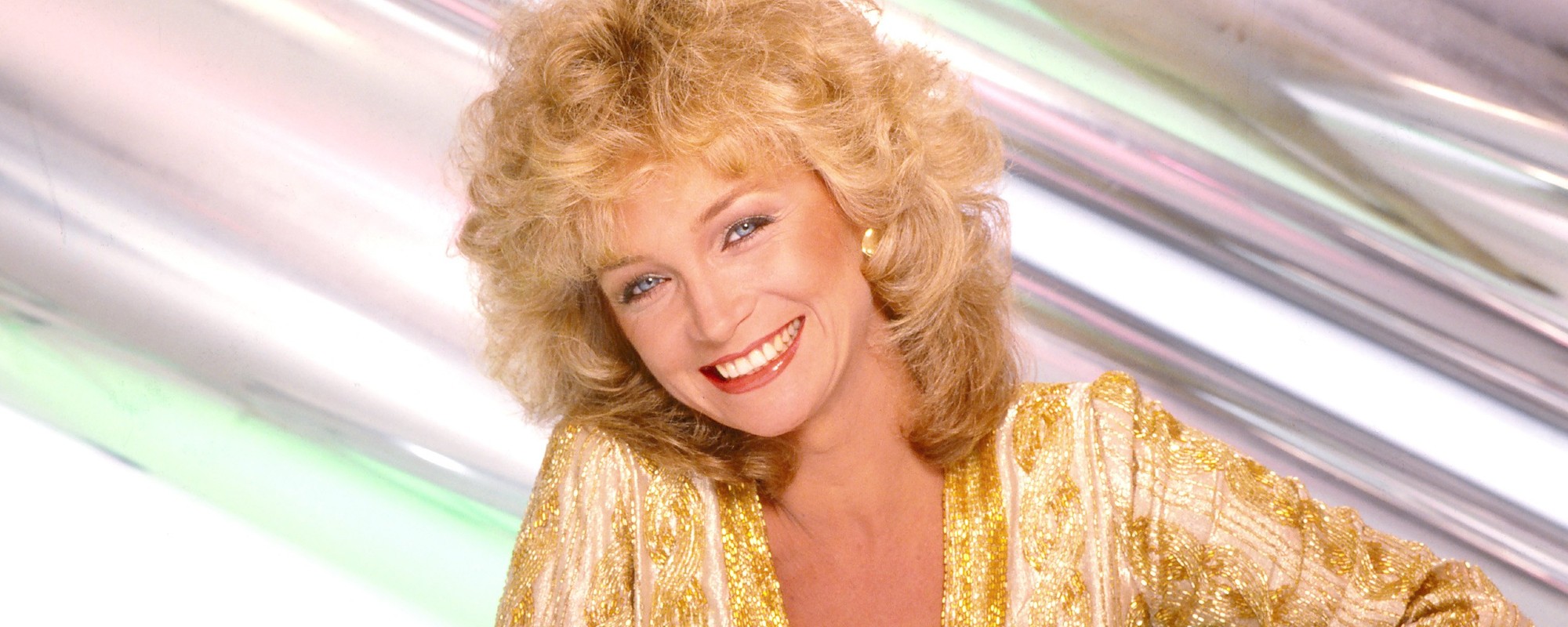
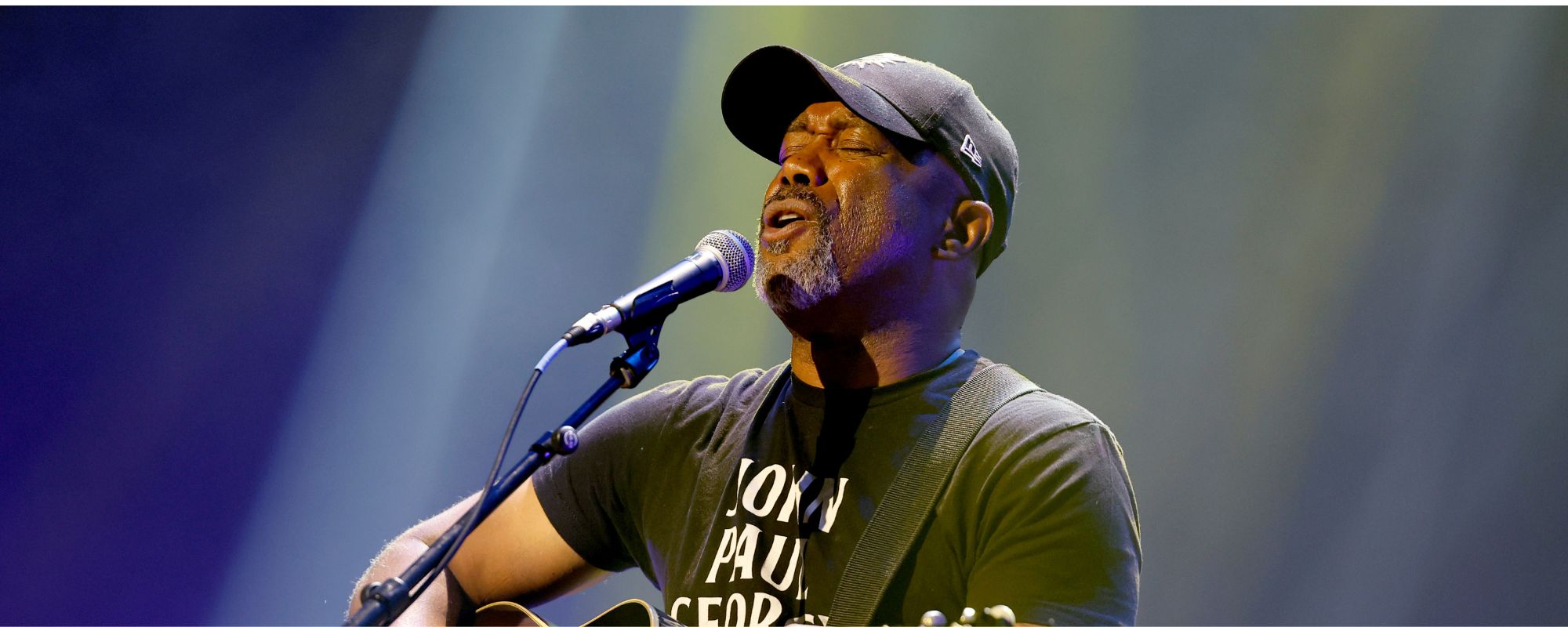
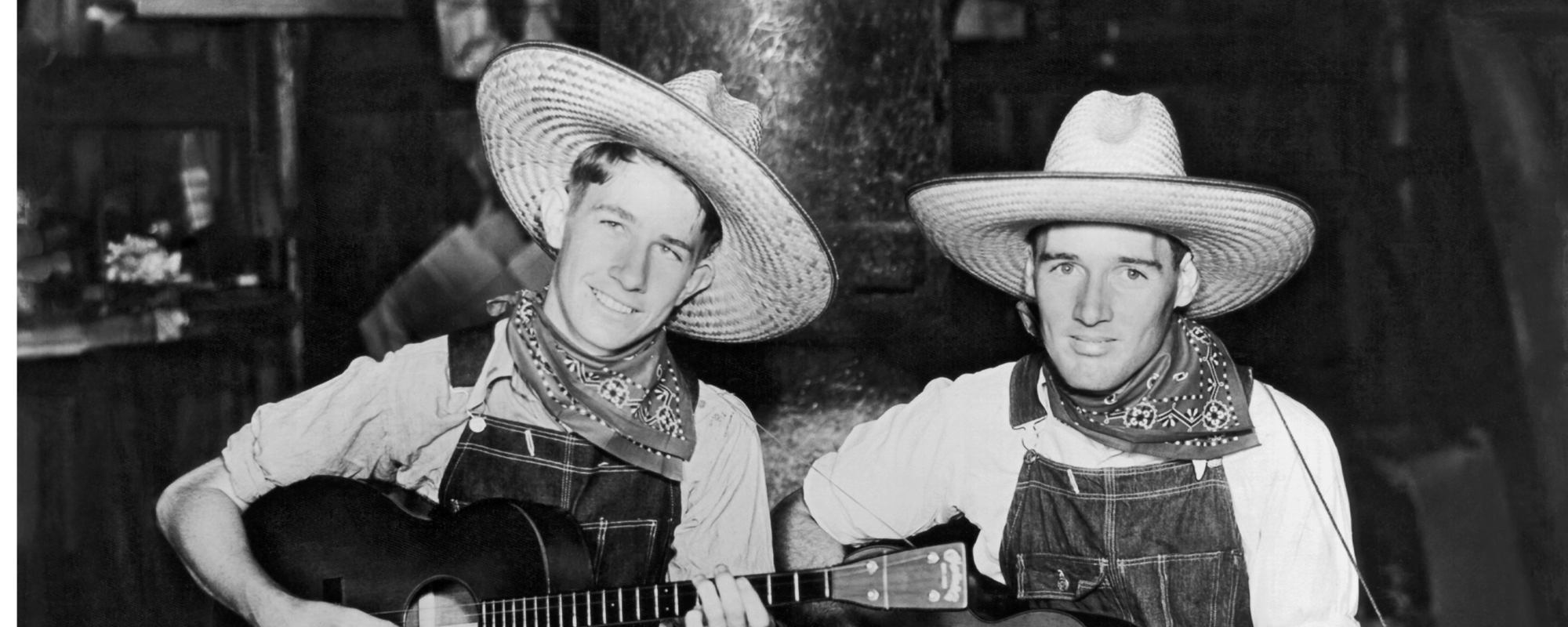
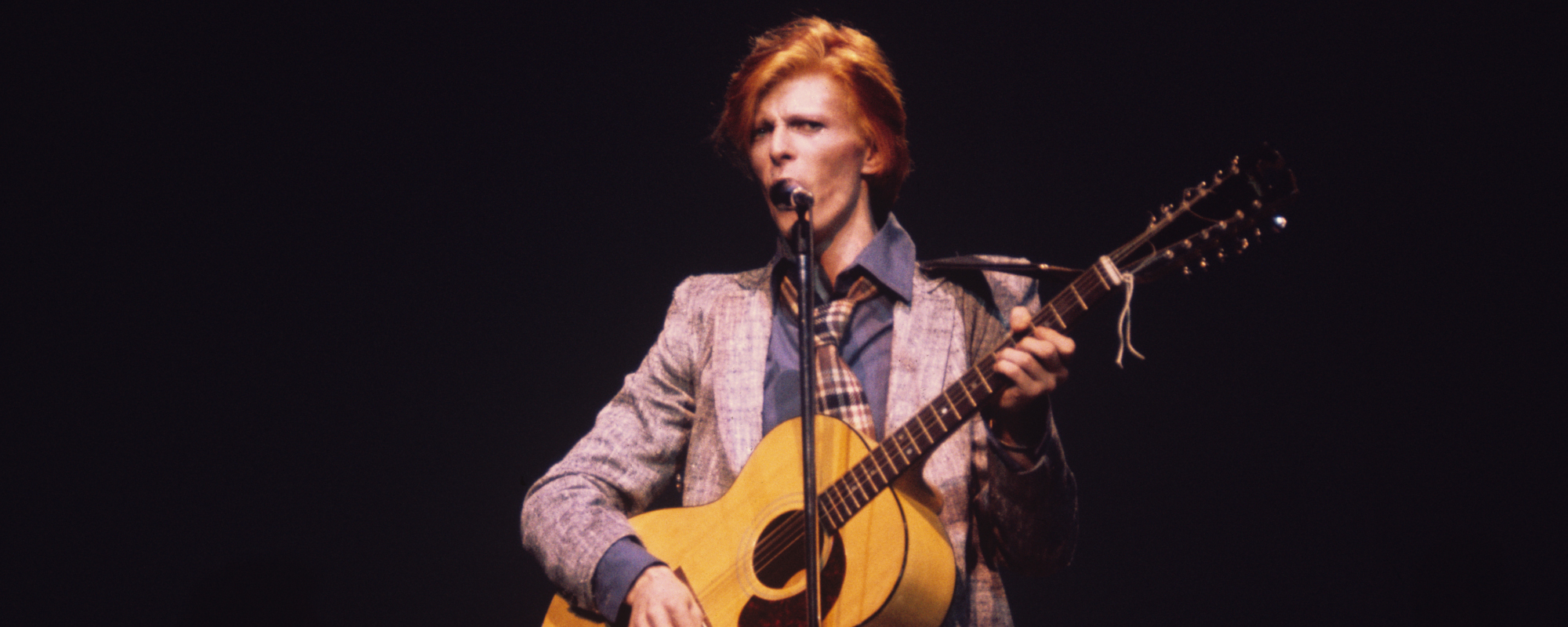

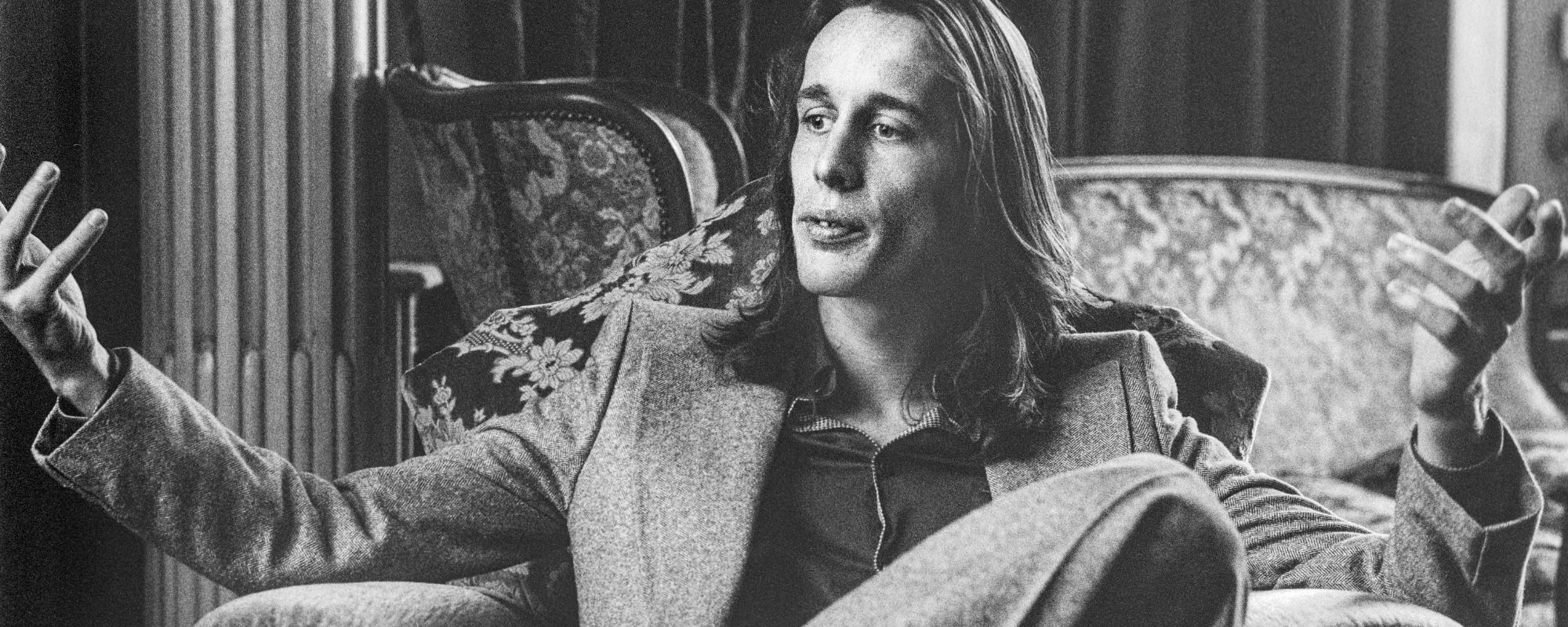
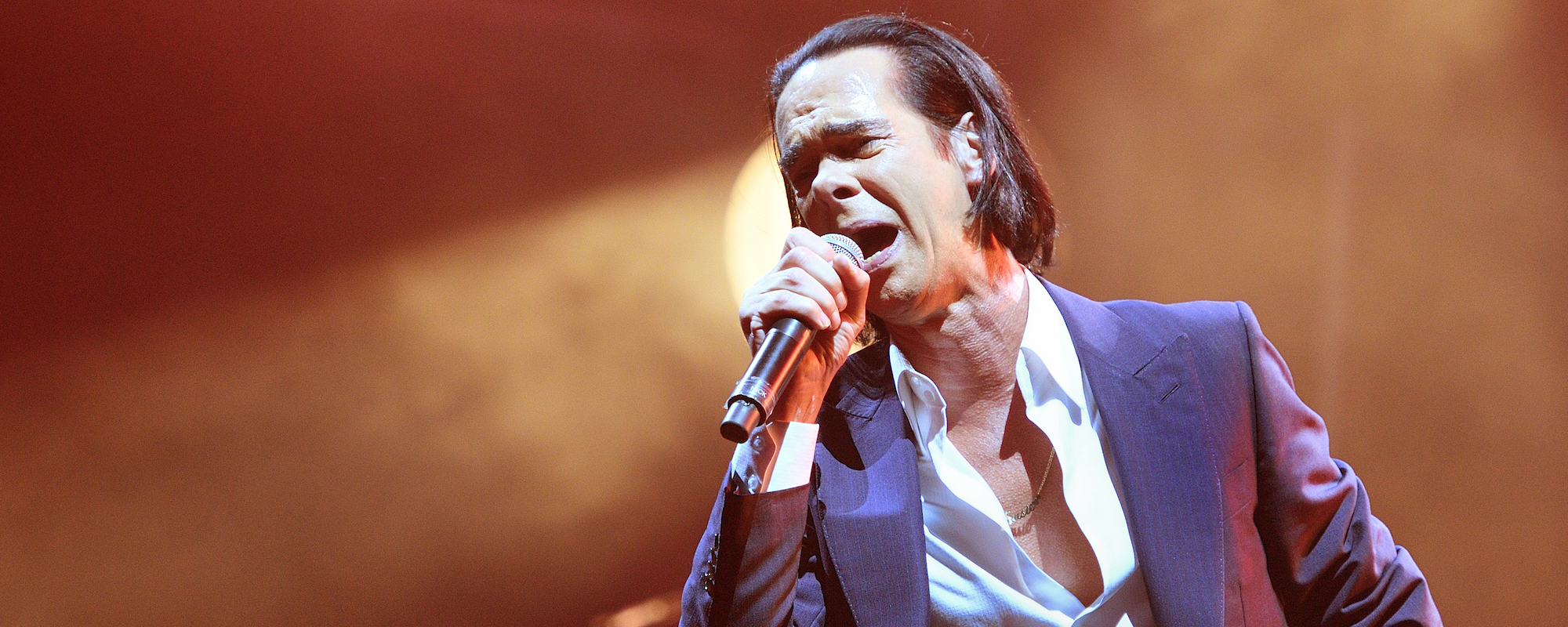
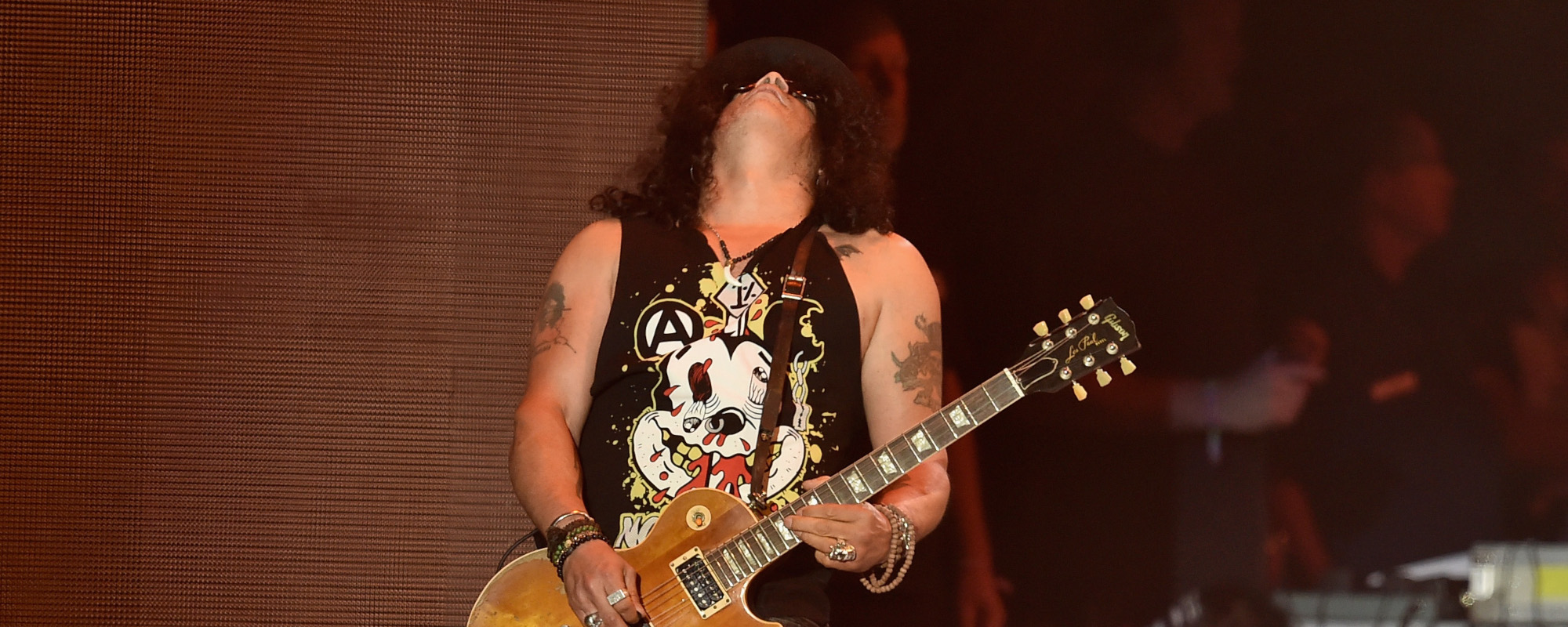
Leave a Reply
Only members can comment. Become a member. Already a member? Log in.